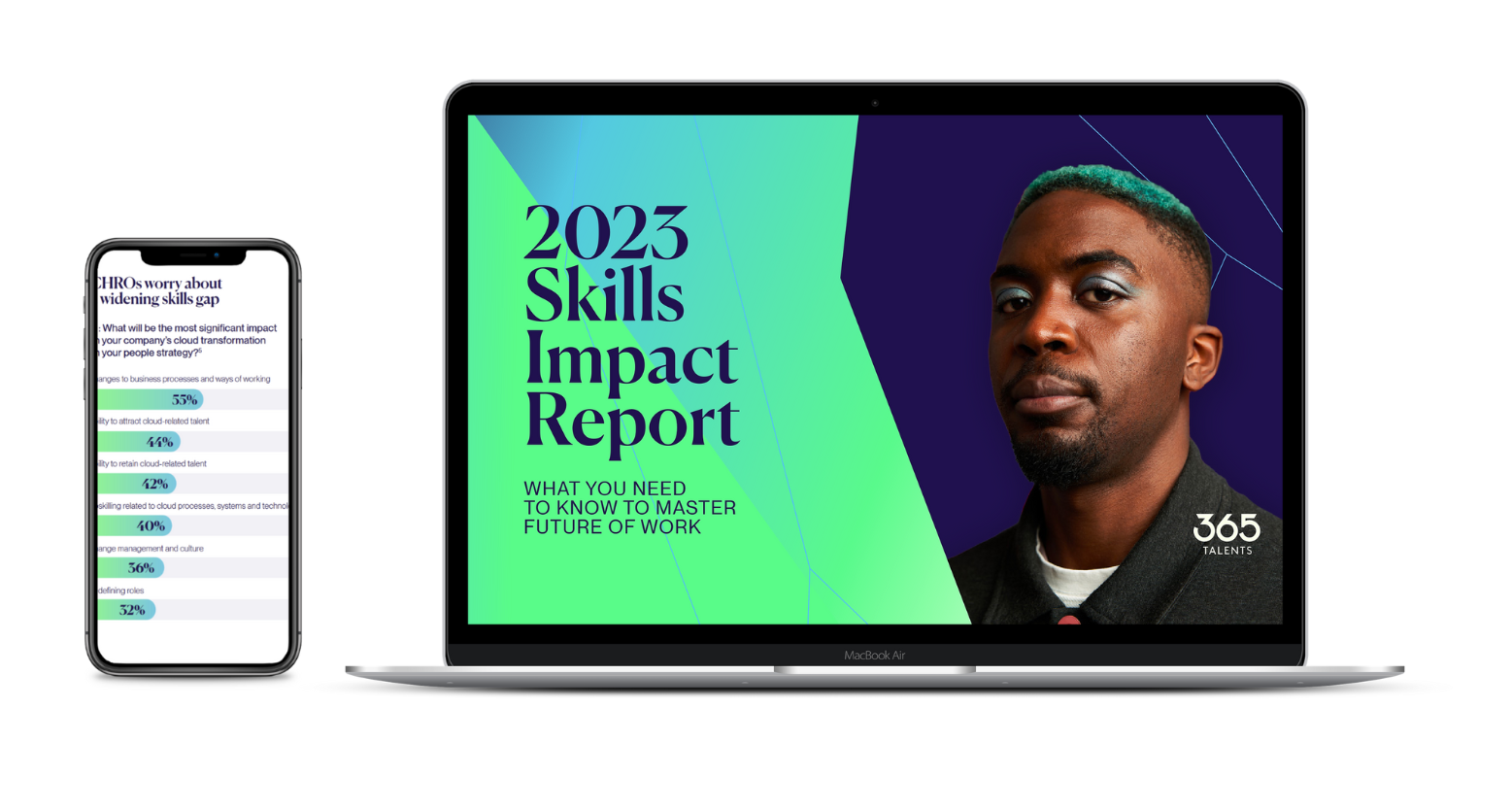HR's Key Role in Achieving Net Zero: Supporting Organizational Sustainability
HR's Key Role in Achieving Net Zero: Supporting Organizational Sustainability
HR plays a crucial role in supporting an organization's commitment to sustainability by promoting eco-friendly policies, aligning employee values with the company's sustainability goals, and implementing training programs for employees to raise awareness about sustainable practices. HR can support the organization in reaching net zero by evaluating its carbon footprint, setting reduction targets, and creating a sustainability plan. They can also encourage employees to adopt sustainable habits and reduce waste, such as reducing paper usage, using energy-efficient technology, and promoting remote/hybrid work. By implementing these strategies, HR can help organizations reach their goal of net zero, reduce their environmental impact, and contribute to a sustainable future.
Discussion points
Why HR is central to building and accelerating a true culture of sustainability
Building trust through frequent cross-functional collaboration between HR, CSR and ESG
Align employee values with the company's sustainability goals
Panelists:
Marc Croonen, Chief HR, Sustainability & Communication Officer at Vandemoortele
Fatma Chader, Managing Director Talent & Organization at Accenture
Antonio Nieto-Rodriguez, Professor at IE Business School, HBR Author, & Thinkers50
Luke Wynne, Director of Sustainability L&D at JLL
Loïc Michel, Co-Founder & CEO at 365Talents
Be sure to follow HR Leaders on Crowdcast, so you don't miss out on our upcoming events.
Solve your transformation challenges today with the powerful impact of skills
The 2023 Skills Impact Report includes:
Skills methodology guide: Why build, not buy
Business-driven reasons to centre skills
Must-develop skills for your people, including digital capabilities, green skills and durable skills
Skill needs by industry, including financial services, energy, public sector and consulting
And much more!






The Chief People Officer's Role in Enterprise AI Transformation